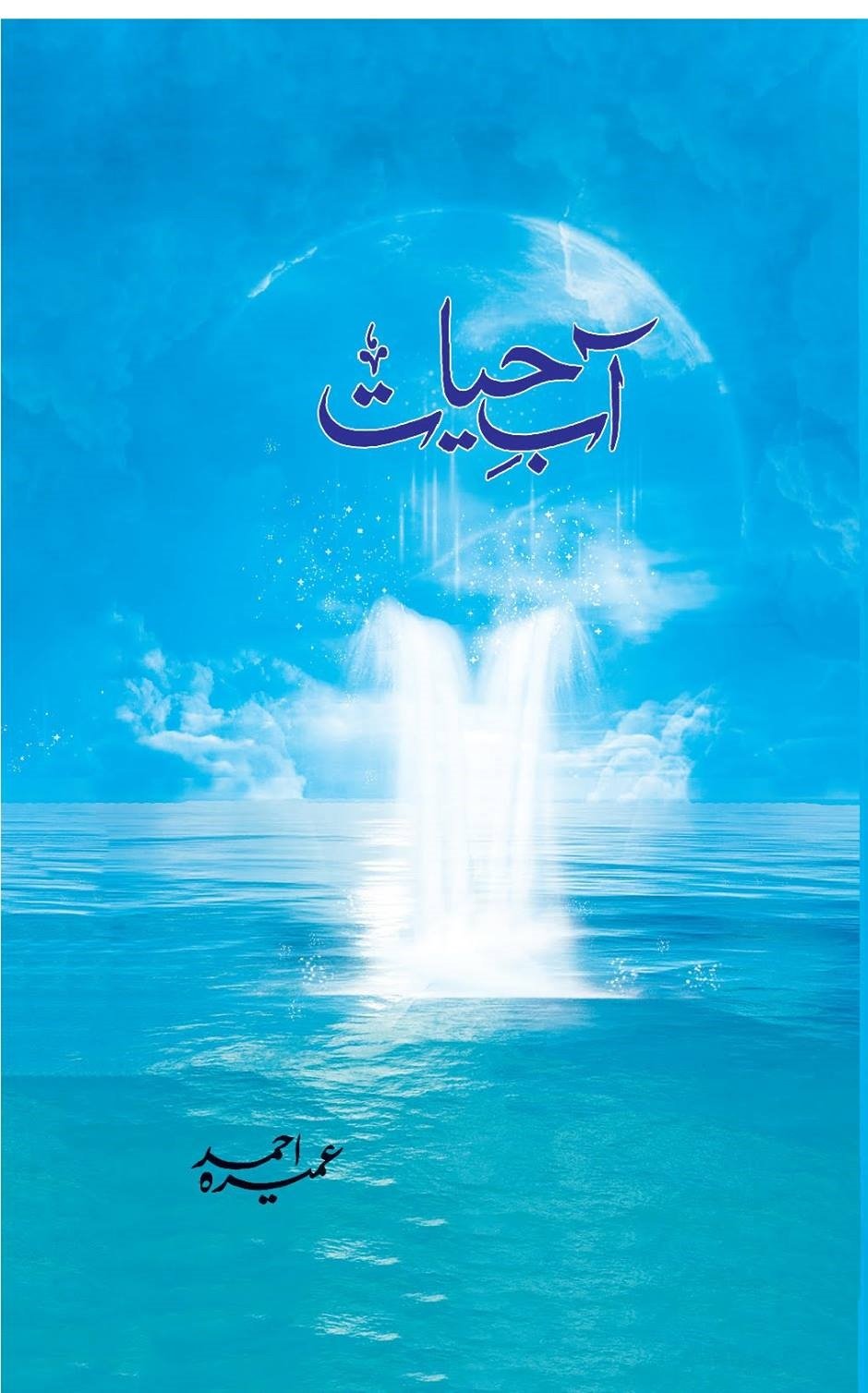
Overview of “Aab-e-Hayat”
“Aab-e-Hayat” picks up where “Peer-e-Kamil” left off, following the lives of Salar Sikander and Imama Hashim. The novel delves into their married life, the challenges they face, and their personal and spiritual growth. It is a story of love, faith, and perseverance, highlighting the importance of staying true to one’s beliefs in the face of adversity.
AAB E HAYAT-pdf-Download-(pantherbolt.com)
Plot Summary
The novel begins with Salar and Imama adjusting to their new life together. Salar, who was previously depicted as a troubled genius with a complex personality, has now matured into a responsible and caring husband. Imama, on the other hand, continues to struggle with her past and the societal challenges of being a convert to Islam.
As the story progresses, the couple faces various trials, including financial difficulties, societal pressures, and personal losses. Despite these challenges, their love and faith in each other and in God remain strong. The novel also explores the lives of their children, focusing on how they deal with the legacy of their parents and find their own paths.
Main Characters
- Salar Sikander
- Salar is the protagonist whose character evolves significantly from “Peer-e-Kamil” to “Aab-e-Hayat.” He is portrayed as a loving husband and father, deeply committed to his family and faith. His journey is one of redemption and self-discovery.
- Imama Hashim
- Imama is the central female character, known for her strength, resilience, and unwavering faith. Her journey from a young woman facing familial opposition to a devoted wife and mother is inspiring.
- Supporting Characters
- The novel introduces new characters, including Salar and Imama’s children, who play crucial roles in the story. Each character adds depth to the narrative, highlighting different aspects of love, faith, and personal growth.
Themes and Motifs
- Faith and Spirituality
- A central theme in “Aab-e-Hayat” is the role of faith in guiding and sustaining individuals through life’s challenges. The novel emphasizes the importance of spiritual growth and the power of prayer and belief in God.
- Love and Sacrifice
- The story portrays the strength of love and the sacrifices made in its name. Salar and Imama’s relationship is a testament to the enduring power of love and mutual respect.
- Perseverance and Resilience
- The characters face numerous hardships, but their perseverance and resilience help them overcome obstacles. This theme is particularly evident in Imama’s journey and her ability to withstand societal pressures.
- Family and Relationships
- The novel explores the dynamics of family relationships, focusing on the bond between parents and children, and the impact of upbringing on personal development.
- Redemption and Forgiveness
- Salar’s character arc is one of redemption, reflecting the belief that everyone has the potential for positive change. The theme of forgiveness is also prominent, highlighting the importance of letting go of past grievances to move forward.
Literary Analysis
Umera Ahmed’s writing in “Aab-e-Hayat” is both engaging and thought-provoking. Her narrative style combines realistic dialogue with deep philosophical insights, creating a rich and immersive reading experience. The novel is filled with symbolic elements and metaphors that add layers of meaning to the story.
The portrayal of spiritual themes is particularly notable. Umera Ahmed integrates Islamic teachings and principles into the narrative, providing readers with a profound understanding of faith and spirituality. Her characters are well-developed and relatable, making their journeys and struggles resonate deeply with readers.
Cultural and Social Context
“Aab-e-Hayat” reflects the cultural and social issues prevalent in Pakistani society. It addresses topics such as the challenges faced by converts, the societal expectations placed on women, and the importance of maintaining one’s cultural and religious identity. Through the characters’ experiences, the novel encourages readers to reflect on their own beliefs and values.
Critical Reception
“Aab-e-Hayat” has received widespread acclaim from readers and critics alike. It is praised for its compelling storyline, well-drawn characters, and the depth of its spiritual and philosophical insights. The novel has become a bestseller and continues to be a favorite among Urdu literature enthusiasts.
Critics have highlighted Umera Ahmed’s ability to tackle complex themes with sensitivity and grace. The novel’s exploration of faith and personal growth has been particularly lauded, making it a significant contribution to contemporary Urdu literature.
Impact and Legacy
The impact of “Aab-e-Hayat” extends beyond its literary success. The novel has inspired readers to reflect on their own spiritual journeys and the importance of faith in their lives. It has also encouraged a new generation of writers to explore similar themes in their works.
The novel’s success has further solidified Umera Ahmed’s reputation as one of the most influential Urdu writers of her time. Her ability to blend compelling storytelling with deep philosophical insights has made her works enduringly popular and relevant.
Conclusion
“Aab-e-Hayat” is a masterpiece of Urdu literature, offering a rich and nuanced exploration of faith, love, and resilience. Umera Ahmed’s skillful storytelling and profound insights make the novel a compelling and thought-provoking read. Through the journeys of Salar and Imama, readers are encouraged to reflect on their own lives and the importance of staying true to their beliefs.
In conclusion, “Aab-e-Hayat” is not just a novel; it is a testament to the power of faith, love, and perseverance. Umera Ahmed has created a literary gem that continues to inspire and captivate readers, ensuring its place as a significant work in contemporary Urdu literature.

